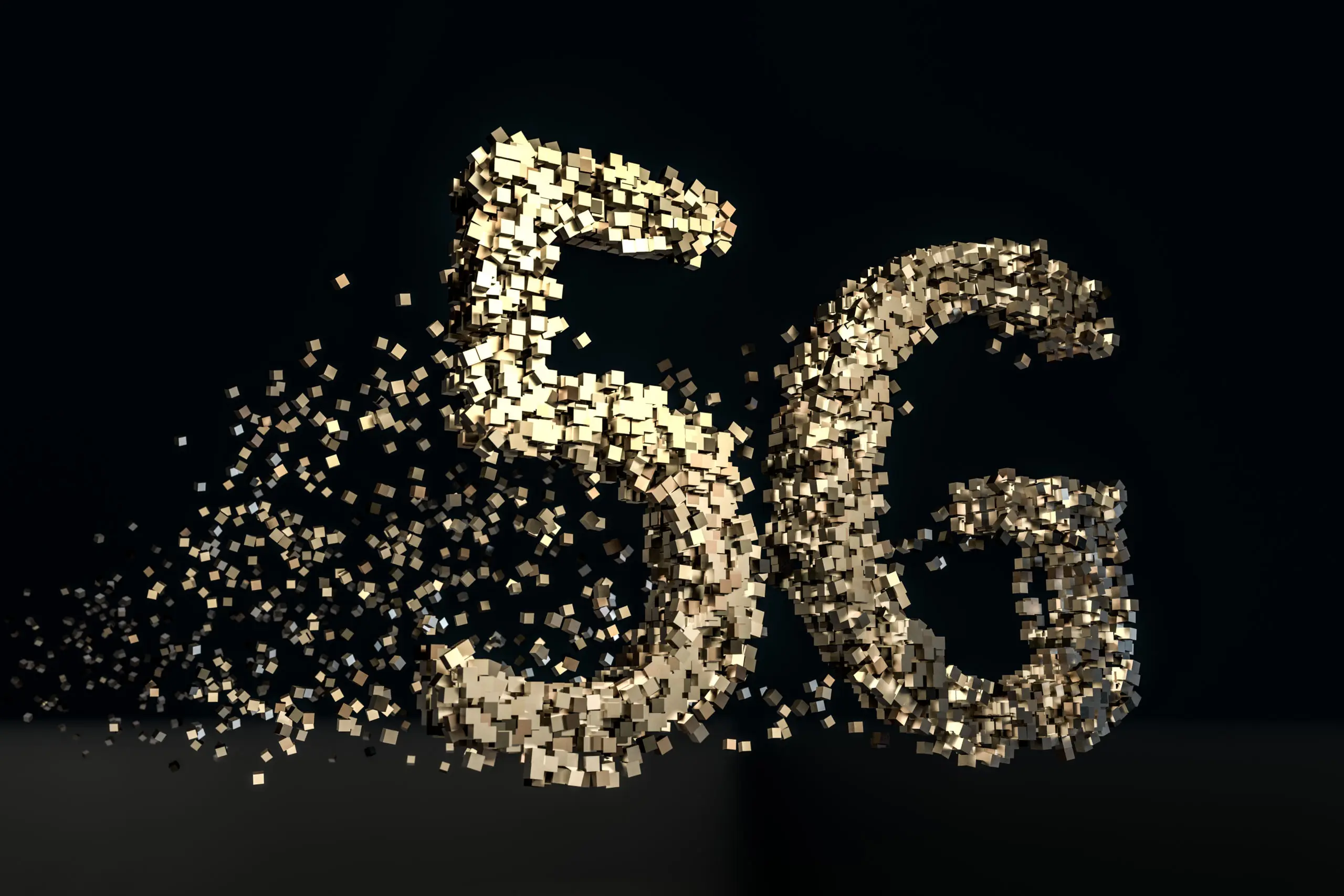5G to account for 51% of mobile connections by 2029: GSMAi

As of January 2024, 261 operators in 101 countries had launched commercial 5G services, GSMAi said
5G connections are expected to represent 51% of total mobile connections at a global level by 2029, according to new figures from GSMA Intelligence (GSMi).
Meanwhile, 5G connections will account for 56% of the global total by the end of the decade.
As of the end of last year, 5G connections reached 1.6 billion, according to the GSMA Intelligence research.
As of January 2024, 261 operators in 101 countries had launched commercial 5G services, and more than 90 operators from 64 markets have committed to 5G rollouts. Of the 261 commercial 5G services available, 47 are provided by 5G Standalone (SA) networks, with a further 89 planned deployments near-term, according to the research.
GSMA Intelligence data also shows the enterprise segment now counts 10.7 billion IoT connections- versus 10.5 billion consumer connections, and this momentum is expected to continue, with enterprise connections more than doubling to 38.5 billion by 2030 and smart buildings and smart manufacturing accounting for 34% and 16% of total enterprise connections respectively.
The research also shows over half of operators expect to begin deploying 5G-Advanced within a year after commercial availability of 5G-Advanced solutions, chiefly driven by priority use cases such as 5G multicast services and low-cost IoT support.
Peter Jarich, head of GSMAi, said: “The early success of 5G was driven by enhanced mobile broadband (EMBB) and EMBB-related network traffic requirements. Yet, while consumer requirements will continue their trajectory, we’re now seeing use cases beyond that. Opportunities are now appearing in areas including API monetization and 5G RedCap for enterprise IoT – all supported by 5G-Advanced and 5G SA networks. 5G SA brings home 5G’s early promise, particularly where slicing, low-latency and massive IoT capabilities tied to enterprise service needs can be met. 5G-Advanced will only extend that further.”
GSMAi also highlighted that new use cases will deliver new revenue streams for operators – which in turn brings a new focus to billing for 5G services. As more 5G SA networks become available, a new standard for billing was required to support the rollout of advanced network services and the flexible billing process that 5G SA cores offer, it added.
The GSMA worked with its members, including AT&T, Deutsche Telekom, Swisscom and Vodafone, to develop and launch a new Billing and Charging Evolution (BCE) standard to replace Transferred Account Procedures (TAP). The BCE Standard represents a simplified charging model and will be a requirement for operators looking to implement 5G SA networks and deliver value from wholesale roaming settlement in 5G, LTE and operational efficiency of IoT, said GSMAi.

Comments are closed.